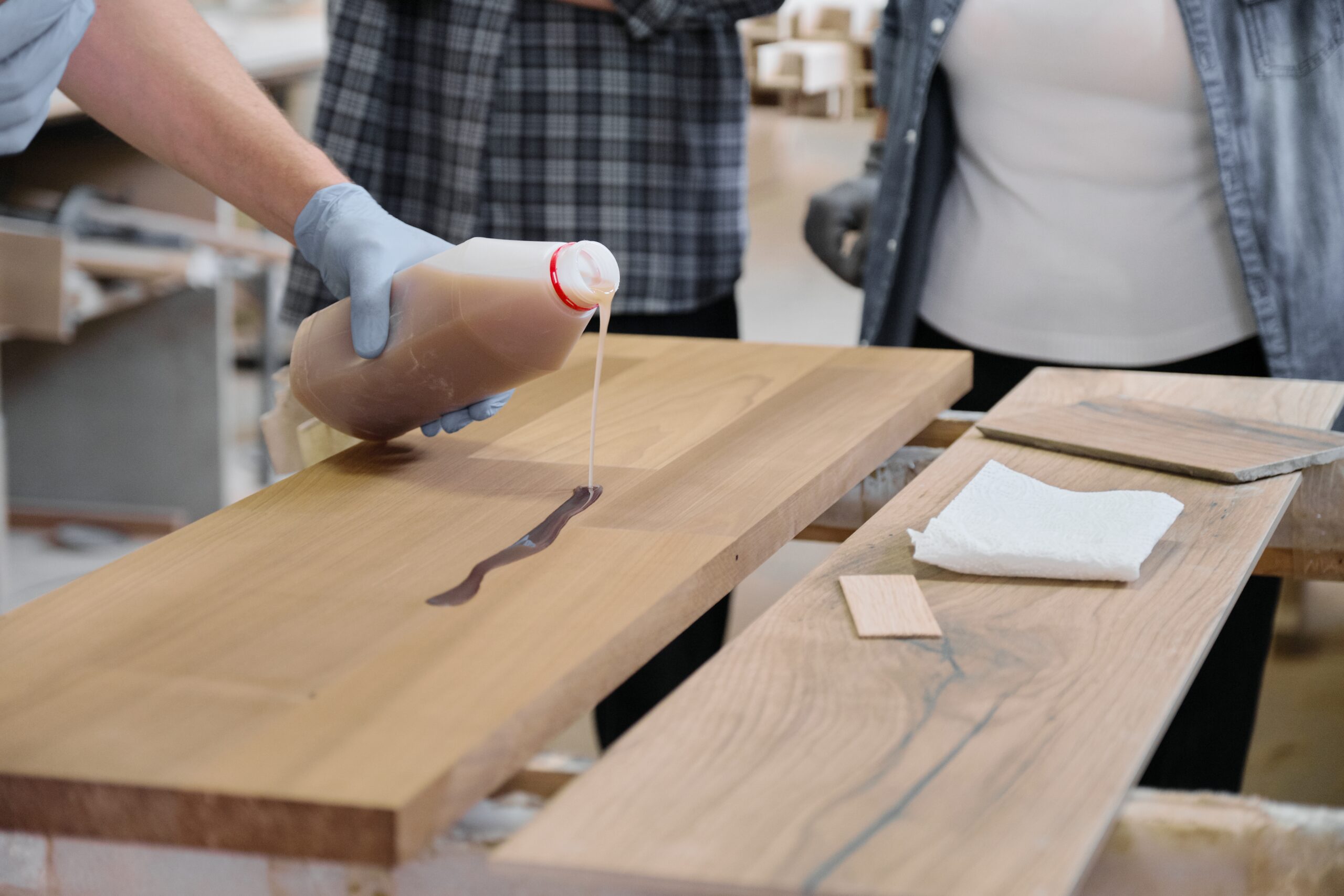It’s clear that Amish furniture stands in a class all on its own. But what brings out the most aesthetically pleasing yet protective qualities in this artistry? Here are just a few of the questions we thought might best answer that for you.
What are the key factors to consider when choosing a furniture finish for Amish creations?
Before you decide on a finish for your Amish furniture, it’s important to know the location of your piece. High trafficked areas, exposure to sunlight and humidity all will have an affect on handmade furniture. Once you’ve determined where you’ll display your piece, think about:
- Maintenance: All Amish made furniture will need some attention from time-to-time, but some will need more than others. Will it be susceptible to spills? If so, choosing a finish that wipes clean easily might be a key factor in helping you decide.
- Durability: Certain finishes will be better at hiding and even preventing damage than others. If you have little ones around, durability will be something to consider. While oil finishes may be the easiest to clean and maintain, they are not the most durable when used alone.
- Appearance: You also need to decide if shade and sheen are more important to you than showcasing the natural wood. Some finishes will enhance the wood while others might do a better job protecting. You may even be looking for a bit of both and, if that’s the case, there are options for you as well.
Which furniture finish is best suited for high-traffic areas in the home?
Popular Amish furniture finishes include lacquer, wax, varnish and shellac but you might be wondering which finishing options offer the most durability. Standard catalyzed varnish is used by many Amish craftsmen not only because it is easy to maintain and enhances the appearance of stained wood, but also because it offers a higher level of protection than some. Made from solvents, resins and pigments, this varnish can be cleaned easily with a non-abrasive damp cloth. Its hard, clear coat leaves a smooth, polished surface without a tacky feel.
How do oil-based finishes enhance the beauty of Amish furniture?
Hand-rubbed oil finishes offer perhaps the most aesthetically pleasing wood finishes. Penetrating deeper into the wood, this type of finish brings to surface rich dimension seen in the grain of the American hardwoods used in Amish furniture making. Oil finishes are water and spill resistant, while also allowing the wood to breathe as it would naturally.
Are water-based finishes a viable eco-friendly option for Amish furniture?
Natural, water-based stains and oils that are low VOC (volatile organic compounds) replace synthetic varnishes and paints that can emit harmful VOCs into the home and environment. Water-based finishes are becoming increasingly popular as an environmentally friendly alternative to traditional finishes because they are non-toxic, easy to apply and they provide a durable finish. They are also easy to apply, building up quickly, easy to clean up and odorless. The only downside to these eco-friendly finishes would be their resistance to heat and chemicals isn’t as good as other finishes.
What are the benefits of using wax finishes on Amish furniture?
Wax is another aesthetically pleasing wood finish, accentuating wood’s natural gain and pores that won’t discolor over time. It adds a level of protection to the surface, without soaking into the wood, preserving its natural color. Although, alone, wax doesn’t offer the best protection, using it in conjunction with other durable finishes, such as shellac, makes it easier to clean and reduces possible damage.

